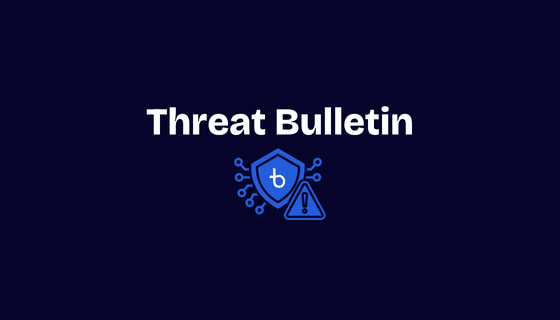
Navigating the Waters of Insider Threats in Healthcare: A Comprehensive Overview
The security of patient records and sensitive information remains paramount in healthcare. With the industry’s increasing reliance on digital records and systems, the threat landscape has evolved, bringing to light the critical issue of insider threats. These organizational threats pose a significant risk to healthcare’s confidentiality, integrity, and availability of its data and operations. This article synthesizes insights from recent reports on insider threats to healthcare records, offering a comprehensive overview for cybersecurity professionals and stakeholders in the healthcare sector.
The Growing Concern about Insider Threats
Insider threats in healthcare are not new, but their impact and frequency have intensified in recent years. A report by the HIPAA Journal highlights the multifaceted nature of these threats, which range from accidental data breaches caused by employee negligence to malicious attacks by staff with access to sensitive information. The Cybersecurity Ventures Insider Threat Report 2024 further underscores the urgency of addressing these threats, projecting increased incidents and the associated costs to organizations.
Impact on Healthcare Organizations
The consequences of insider threats extend beyond financial losses, although the Cybersecurity Ventures report estimates significant costs to affected organizations. Other impacts include:
- Maintaining patient trust is paramount; breaches of patient records can significantly erode the relationship between healthcare providers and patients.
- Adhering to regulatory compliance is crucial; incidents violating regulations like HIPAA can result in significant fines and legal consequences.
- Insider attacks risk operational disruption, impacting patient care and organizational efficiency in the healthcare sector.
- Exposure to insider threats significantly damages a healthcare provider’s reputation, undermining patient confidence in their information security and leading to a reduction in patient numbers and business.
- Insider threats can lead to a suspicious work environment, affecting staff morale and efficiency. Healthcare providers could be compelled to adopt more rigorous security measures and monitoring, which staff may view as excessively intrusive.
- Experiencing insider threats and data breaches can increase premiums for cyber liability insurance and further financial strain on organizations.
- Patients affected by compromised information may suffer stress, anxiety, and fear of identity theft or fraud, with the exposure of sensitive health data potentially causing profound psychological distress.
Key Drivers of Insider Threats
Several factors contribute to the rise of insider threats in healthcare:
- Healthcare employees’ access to sensitive data introduces inherent security vulnerabilities, necessitating robust protective measures.
- The complexity of healthcare IT systems creates security gaps, increasing the risk of exploitation by insiders.
- Inadequate cybersecurity training results in a workforce unaware of potential threats and unprepared to implement preventive measures.
- Insider threats stem from varied motivations, including financial incentives, personal disputes, or external coercion, necessitating tailored security strategies.
- The digitization of healthcare and the adoption of electronic health records (EHRs) expand potential data access points for insiders, increasing the risk of data exfiltration.
- The reliance on a broad network of vendors and third-party providers in healthcare introduces insider threat risks if their data access is not meticulously managed and monitored.
- Navigating strict regulatory frameworks like HIPAA demands continuously updated and comprehensive security measures, a challenging task that can introduce vulnerabilities in healthcare organizations.
Strategies for Mitigation
Mitigating the risk of insider threats requires a multifaceted approach encompassing technical, organizational, and educational measures:
- Implementing stringent access controls based on role necessity minimizes risk exposure to sensitive information.
- Continuous cybersecurity education and awareness programs are essential to empower staff in safeguarding sensitive data.
- Deploying advanced monitoring and detection tools to identify anomalous access or data movements is key to detecting insider threats early.
- A well-defined incident response plan is critical for rapid and effective action to minimize the impact of security breaches.
- Develop an extensive insider threat strategy, outlining explicit policies, procedures, and protocols to counteract insider threats effectively. This strategy should promote interdepartmental cooperation among IT, security, HR, and legal divisions.
As the healthcare industry continues to navigate the digital landscape, the threat posed by insiders cannot be overlooked. By understanding the drivers, impacts, and effective mitigation strategies, organizations can better protect themselves against these potentially devastating threats. A proactive, comprehensive approach to cybersecurity, emphasizing the critical role of every employee in the organization’s security posture, is the key to safeguarding healthcare records and maintaining patient trust.













